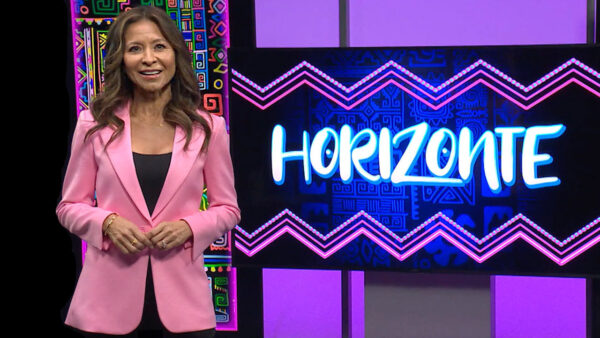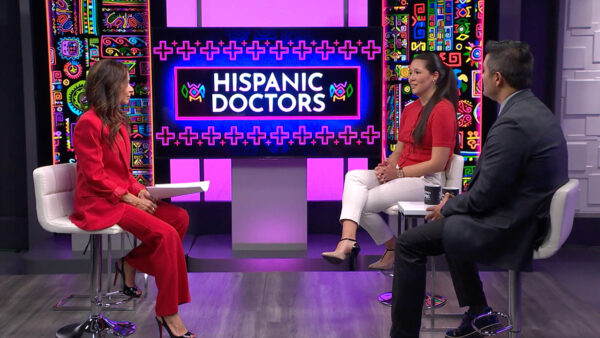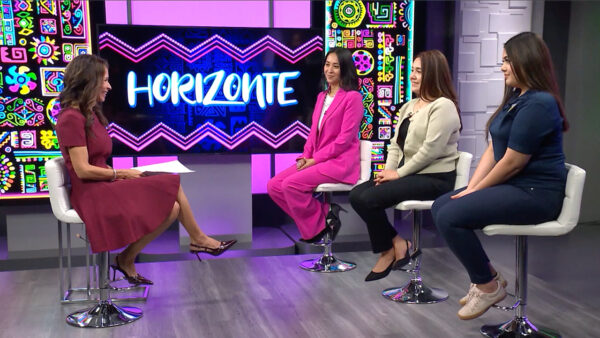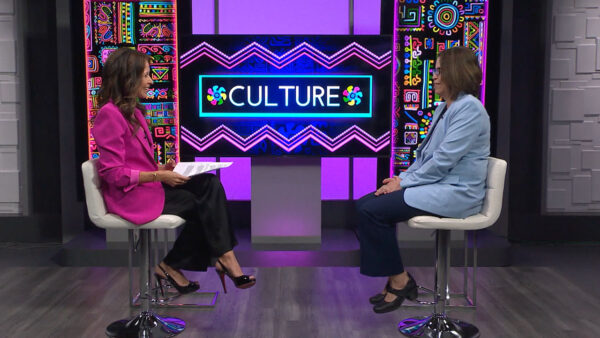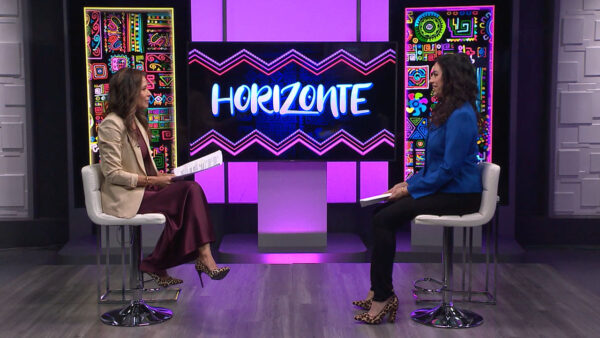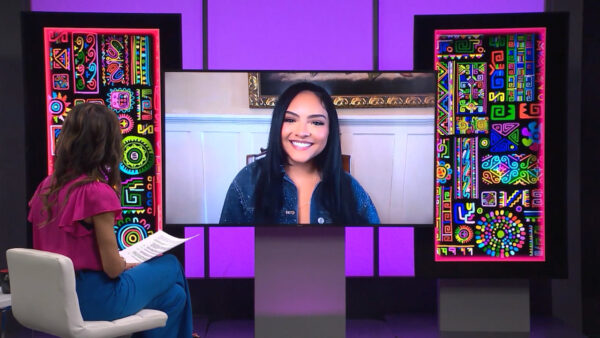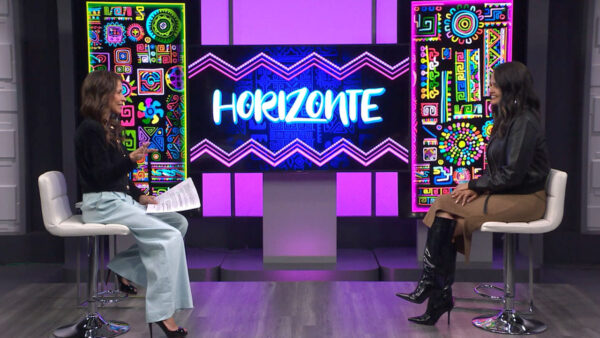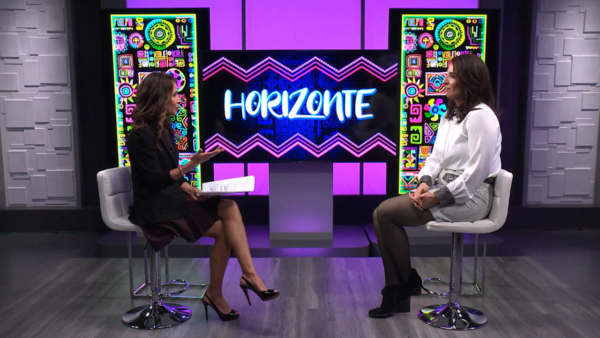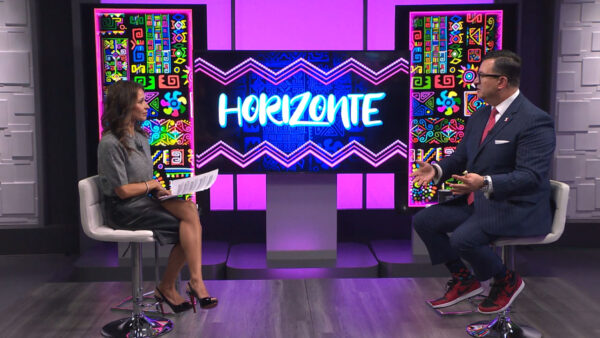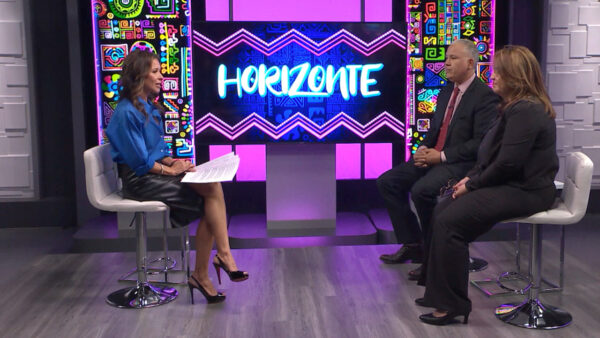Valley schools are teaming up with the Center for the Future of Arizona to increase student achievement in an initiative called “Beat the Odds.” The goal of the initiative is to develop more effective ways to improve a student’s performance in school. HORIZONTE takes you inside one of the schools participating in the initiative. Center for the Future of Arizona’s Chairman & CEO and former ASU President Dr. Lattie Coor tells us more about initiative.
Beat the Odds Web site.
José Cárdenas:
It started out as a groundbreaking national study by the Center for the Future of Arizona Group and the Morrison Institute for Public Policy at ASU called, "Why some schools with Latino children beat the odds and others don't." It focused on 12 Arizona elementary and middle schools, whose students were mostly Latino and low income and were "beating the odds" in reading and math scores. The center for the Future of Arizona launched the "Beat The Odds" Education Initiative to take the studies findings and put them into a framework schools and educators can follow. Nadine Arroyo shows us how one school is implementing the initiative.
Nadine Arroyo:
Reciting the sounds of the alphabet may sound as part of the daily lessons in a kindergarten class. But at Holiday Park Elementary School in Phoenix it is actually part of the student goals. Goals they are expected to take responsibility for and take pride in.
Student:
My sister knows how to read and I want to know too.
Nadine Arroyo:
Setting and reaching goals are one of a few methods to achieving academic success at Holiday Park Elementary . This is not exclusive to students. Teachers also are expected to identify their goals for each student and ensure they both succeed. This is part of an initiative called "Beat The Odds."
Teacher:
Do you remember the title of the book that was just read to you?
Student:
Green ham and eggs.
Nadine Arroyo:
Holiday Park is one of 27 K-12 schools participating in the program, all of them predominantly low-income and Latino student populated. "Beat The Odds" is an initiative of the Center for the Future of Arizona and it is designed to do just that: prove that Arizona students regardless of race and economic status can learn and achieve in academics.
Deby Valadez:
We looked at data before and we get our benchmark results and this and that. But we never really looked at here they are and here's a name that goes with it. All the teachers have their learning logs and, you know, what skill. Who are the specific kiddos. It's not just numbers out there. We're like, okay, this person needs this.
Nadine Arroyo:
"Beat The Odds" applies three basic categories: disciplines thought, disciplines people and disciplines action. The principal, along with the teachers, work together to identify challenges, best teaching practices, possible resources and individual teacher's action plan. The concept is not just to teach for teaching but teach to learn.
Roberta Barraza:
I've taught, but my daily assessment of the children, I find myself really looking into the children more than I have before. I've done assessments before when I needed to, every quarter I had to do it. Now I integrate it into my daily teaching. I find myself looking into children more than ever before. So, guiding my instruction through data.
Nadine Arroyo:
The program stems from a national study called "Why Some Schools With Latino Children Beat the Odds and Others Don't." A study conducted jointly with the Morrison Institute for Public Policy at Arizona State University. The study found with implementing key elements within a school's control all students can achieve at or above grade level. The key ingredient? Teachers at each grade level working and coming together as a team to identify how to best help struggling students, while ensuring continued success of those who require less guidance. And these teachers say this new approach works.
Dana Bailey:
I love having the support of my team. It makes a huge difference. Last year I was planning everything by myself. I was trying to have my lower students move up by myself. Now I'm a team. I have other people I can rely on. I think that's a huge part of my individual progress as a teacher.
Roberta Barraza:
We actually say our scores out loud and talk about how many children we have at this level. At first it was hard to get past that, gosh, I have this many kids down or below. What am I going to do? Now it's at the point where, we're in this together. We're a team. What can we do together to make it happen, to make children learn?
Nadine Arroyo:
The program requires that all teachers work together in the system of success of not only the program but that of the students including special class teachers such as art, music and even physical education teachers.
Deby Valadez:
This year that really has been grade-level groups meeting, looking at student data. Here's our kiddos who aren't making it. What will we do about it? How can we help each other? What are you doing for them? Staff meetings. They bring their leadership meetings and data. Who's getting it? Who's not? How can we help? Our special area art, music, and P.E. teachers, if they have a break, they are pulling in the kiddos who are struggling. It's really about looking at every child.
Nadine Arroyo:
For the 27 participating schools including Holiday Park Elementary School, this program ends this school year but Holiday Park school teachers say the lessons learned from the program are from now on part of their teaching guidelines.
Roberta Barraza:
I see myself as a better teacher, just assessing wise and meeting goals for myself. I was always hard meeting goals and I find myself successful in that sense. I am looking forward to next year, again, with this mind set because I'm learning it now and will integrate it. I'm integrating it now but for it to become natural. It's challenging for myself. I find myself saying, I have to do this and that. Not needing to but its part of the routine. So, as a better teacher. And whatever it takes, working together as a team.
José Cárdenas:
Joining me now to talk about the "Beat The Odds" initiative is Dr. Lattie Coor, former ASU President, and Chairman and C.E.O. for the Center for the Future of Arizona. Dr. Coor, always good to have you on Horizonte. Let's talk about the original study and what the findings were.
Lattie Coor:
We believe there were schools out there that were Latino intensive, at least 50% or more Latino and low income, at least 55% reduced lunch. We knew it and felt it but felt we needed to understand it in a good research model that would prove it. We looked at 331 middle schools, elementary school in Arizona that were at least 50% Latino and 50% low income and we found 12. 12 that were succeeding upon any reasonable expectation. 12 that were beating the odds. We looked at them for a year and what were they doing and others were not. We found six very clear principles they were using without even talking to one another which was the source of their success.
José Cárdenas:
Before we talk about the six principles, as I understand it you compared or partnered those successful schools with comparable schools and then measured the differences
Lattie Coor:
We did. Jim Collins who wrote a book and is successful in the business world was our guide. Using his methodology, we took each of the 12 successful schools and matched them with an exact mirror image school, mirror image in every way except performance and said what was it about the successful schools that we don't find in those that are not succeeding?
José Cárdenas:
You found six principles? Talk about them.
Lattie Coor:
We did. We found that those succeeding had a clear bottom line. They knew exactly where they were going with the youngsters and stuck with it. They assessed student performance right at the desk. Not the big annual assessment but almost weekly, monthly. How they were doing toward the clear bottom line they were aiming toward. We found that the successful schools had a strong principal, strong and steady. Not too flexible, not too ridged and a team of teachers who all work together with a very close collaboration. We found then that once they stuck with the program, did the assessment, they customized the education to individual students. Common sense but not common practice except in those 12 we found that are succeeding.
José Cárdenas:
On occasion the study has been interpreted as meaning that resources don't matter. You just have some people who work hard, schools will succeed even though they don't have that much money.
Lattie Coor:
These schools are very thinly funded so money would make a difference. We were trying to isolate the schools that were succeeding with the same amount of money as those that were not. That was just something we had as we went into it. It was not anything that would demonstrate that additional resources wouldn't make a major difference in the schools.
José Cárdenas:
The study came out a few years ago and what have you been doing since?
Lattie Coor:
It came out two years ago. We spent those two years understanding how well it was received in the education community. We have sent copies all over the state. We met with education groups all over the state and then we decided beginning this school year we're just ending now that we were going to do something with it. Not just talk about it but take it and put it in effect. We therefore asked 27 schools in the greater Phoenix area to become partners with us. "Beat The Odds" partners. Together with each of the schools they and we agreed over a three-year period just as you saw with Deby Valadez at Holiday Park to take their entire school to becoming a "Beat The Odds" school. To becoming a "Beat The Odds" school. That's the first step that we will take. Steps beyond that beginning with another 25 schools for the coming school year all working together to try to beat the odds themselves to become those successful schools.
José Cárdenas:
How do you measure success?
Lattie Coor:
In the partner schools we have--it's two ways. First, those wonderful features you saw in the setup for tonight. We asked the schools to make part of the way they do things. The principal working with the teachers as a team. They judge how well are we doing this? Do we have a clear bottom line? Are we working as a team? Are we assessing student progress? Are we doing all of the things that the "Beat The Odds" schools are doing? And secondly it's measurable progress towards our goals that moves the entire school towards higher student performance.
José Cárdenas:
What do you provide the schools to help them achieve the goals?
Lattie Coor:
Two things. We have mentors for the participating principals. Mentors themselves who have been successful in similar schools. Some retired and some still-sitting principals who meet on an 8 to 10 hours basis one on one with the participating partner.
José Cárdenas:
They are paid to do that?
Lattie Coor:
They are paid to do that. We pay them on an hourly basis. Secondly, we bring these participating principals together for discussions around ways to improve how they're functioning, how to use data, how to prepare the students for high-stakes test, how to prepare the school for high-stakes tests, how to work in the collaborative environment. It's a combination of mentoring and kind of networking working together to help the partners see one another improve.
José Cárdenas:
I realize you just got started this is the first year. Any sense in how well it's working?
Lattie Coor:
As you saw from Deby Valadez, the response from the principles has been just wonderful. This is work for them only in the sense to assess how well they are doing. It's not a separate report they have to send off somewhere. It's a self-evaluation. We have had a very positive response from them about the mentors, particularly the mentors. They can talk to them and gain their ideas. And the network of working with one another have all, to date, come back as positive things in the partners' program.
José Cárdenas:
Is there anything that you identified thus far as being the most successful part of the program?
Lattie Coor:
I think the ability of these principals to understand that the magic is in the school, that they have substantial capacity to create an environment of success within the school and to see them do it, to see them do it in a systemic way. That, to me, is the most powerful thing about "Beat The Odds."
José Cárdenas:
What's the ultimate goal in terms of getting this program out in schools across the state?
Lattie Coor:
When we look for Latino intensive and low income elementary and middle schools in Arizona, we found 331. We would love to have this "Beat The Odds" capacity and success built go to the 331 schools and in addition to the high schools in the state as well. Our goal is very much Arizona specific even though we get invitations from all over the country where this report gained a fair amount of attention but to make it Arizona specific. In a sense make this way of doing things, as a way of thinking about success and committing to success the way that Arizona schools function.
José Cárdenas:
One last area that I want to talk about briefly. The impact of proposition 300, have you seen any evidence of that?
Lattie Coor:
I have heard evidence of it. I have not personally talked with students who have said what I have heard from teachers who worked with them. Namely, we are here, have been here most of our lives. We're working hard in order to go to college and now we're not sure we're going to be able to go to college. Should we keep working as hard as we're working? That's anticdotal and come from several sources of deeply dedicated teachers who worry about what it means for college for hard-working students won't be available.
José Cárdenas:
I'm sure we'll have you back to discuss that further Dr. Coor. Thank you for joining us tonight.
Lattie Coor:
You're welcome.
José Cárdenas:
That's our show for tonight. We'll see you next Thursday night. I'm José Cárdenas. Have a good evening.
Dr. Lattie Coor: Chairman and C.E.O. for the Center for the Future of Arizona and former President of ASU;










